Understanding the Basics of Sanding and Refinishing Wooden Floors
Sanding and refinishing wooden floors is a process that involves removing the top layer of the floor to reveal the underlying wood. This process can be used to restore the original beauty of a wooden floor or to change the color or finish of the floor. It is a relatively simple process that can be done by a professional or a DIY enthusiast.
The process of sanding and refinishing a wooden floor involves several steps. First, the floor is sanded to remove the existing finish and any imperfections. This is typically done using abrasive materials to create a smooth surface. Next, the floor can be stained or sealed to protect it from damage and to give it a desired color or finish. This step is optional and depends on the desired outcome. Finally, a top coat of polyurethane or another finish is applied to protect the floor and give it a glossy shine.
The benefits of sanding and refinishing a wooden floor are numerous. It can restore the original beauty of a wooden floor or give it a new look. This process can also increase the durability of the floor, making it more resistant to wear and tear. Additionally, sanding and refinishing can help to reduce the amount of dust and allergens in the home, as the sanding process removes dirt and debris from the floor.
There are potential risks and challenges involved in sanding and refinishing a wooden floor. dust and debris can be created during the sanding process, which may require proper ventilation and protective measures. there is also a risk of damaging the floor if the sanding process is not done correctly or if the wrong type of finish is used. it is important to hire a professional or follow proper guidelines to ensure the process is done correctly and safely.
Identifying the Impact of Toys on Wooden Floors
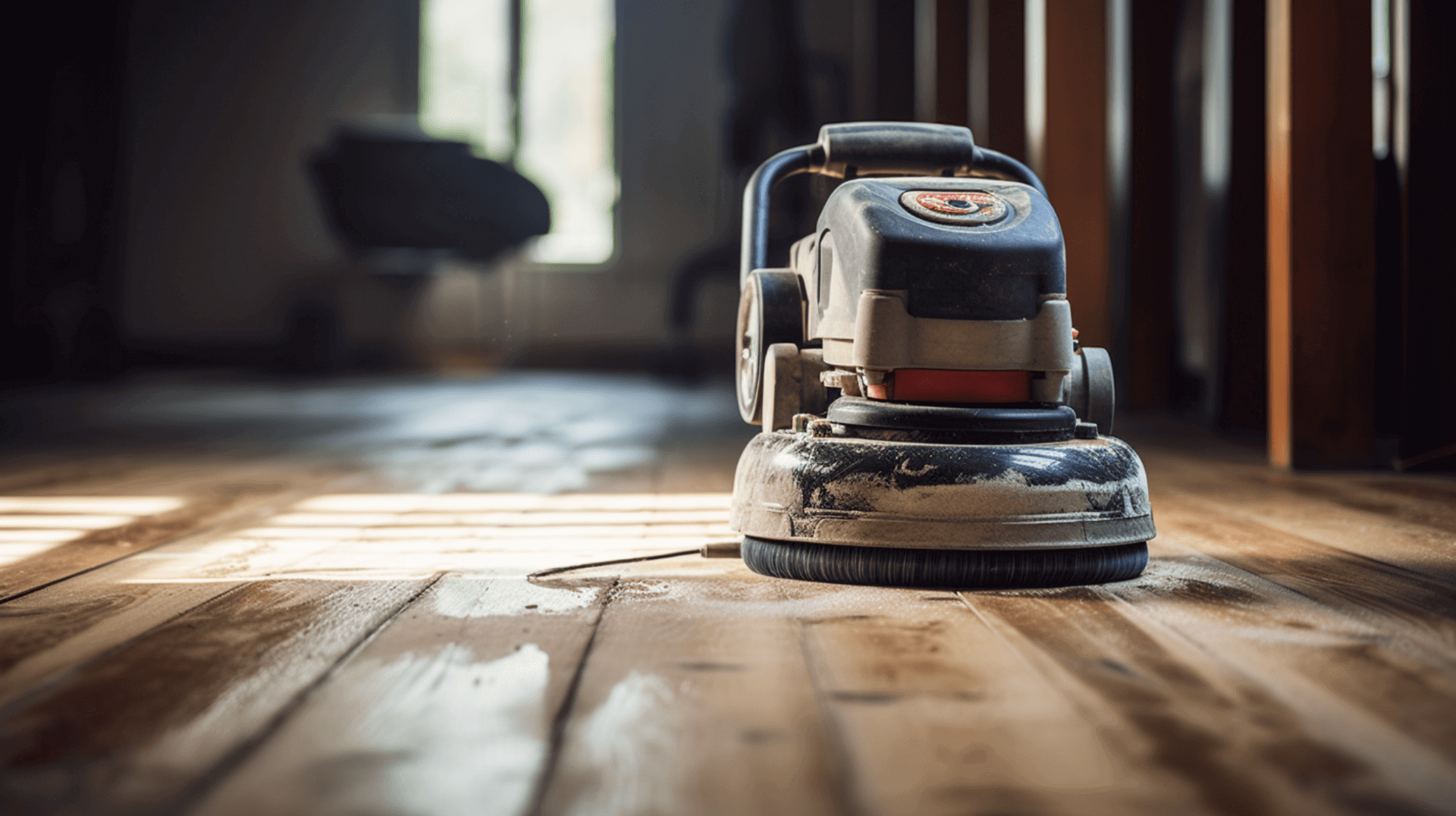
Toys can have a significant impact on wooden floors, causing scratches and other damage over time. The most common types of scratches caused by toys are those caused by dragging toys across the floor, such as toy cars, dolls, and other wheeled toys. These scratches can be deep and difficult to repair. Toys with sharp edges, such as plastic building blocks, can also cause scratches and gouges in the floor.
Toys can also damage a wooden floor over time by causing discoloration and fading. This is especially true for toys that are left in direct sunlight, as the sun can cause the wood to fade and discolor. Toys that are left on the floor for long periods of time can also cause the wood to become warped or cracked.
The signs that a wooden floor needs sanding and refinishing due to toy scratches include deep scratches, discoloration, fading, and warping. If the scratches are deep enough, they may be visible even after the floor has been cleaned. Discoloration and fading can also be a sign that the floor needs to be refinished. Warping and cracking can also be a sign that the floor needs to be sanded and refinished.
The Importance of Professional Assessment for Wooden Floors
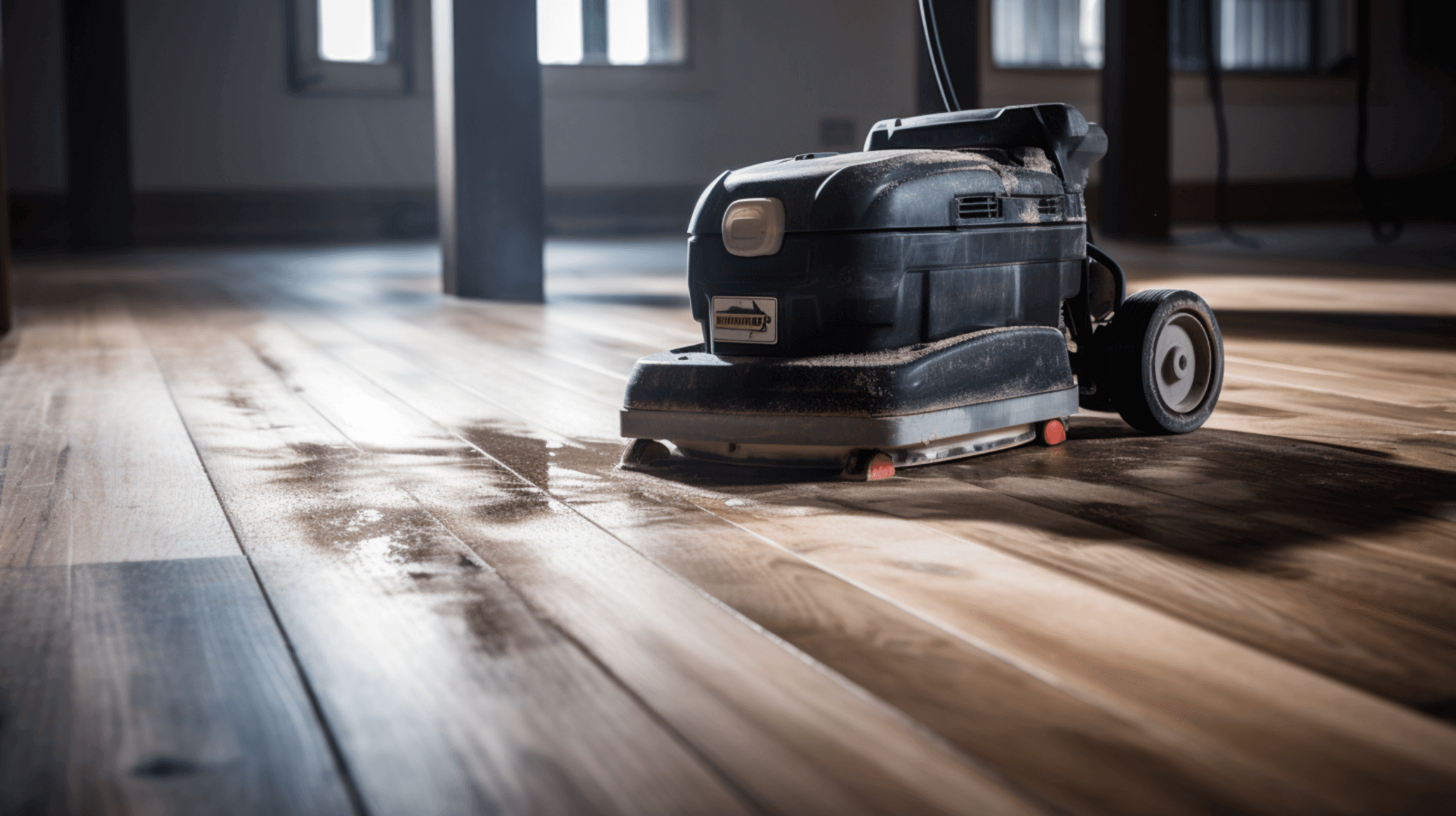
Getting a professional assessment of your wooden floor’s condition is crucial when considering restoration or refinishing. A professional assessment can provide valuable insights into any potential problems with the floor, such as scratches, discoloration, warping, splits, cupping, degradation, or slippery surfaces. They will also consider the type of finish currently on the floor and any potential damage that may have occurred from high heels, dog claws, appliances and furniture, heavy grain tear, pet urine, chemical/moisture spills, or water damage.
When assessing a wooden floor, professionals consider various factors, including the type of wood, the age of the floor, its current condition, and the desired outcome. They will also look for signs of damage, such as scratches, gouges, and discoloration. Additionally, they will assess the floor for any potential problems, such as warping or cracking. It is important to consider any safety considerations as recommended by the manufacturer of the product or system utilized, as well as any relevant national building regulations.
GJP Floor Sanding can help in assessing the condition of your wooden floor by providing a comprehensive assessment. Our experienced professionals can identify any potential problems and recommend the best course of action for restoring or refinishing the floor. We can also provide advice on the best type of finish, sanding techniques, and any necessary repairs. With our expertise, you can be confident that your wooden floor will be restored to its original beauty.
Preparing Your Wooden Floor for Sanding and Refinishing
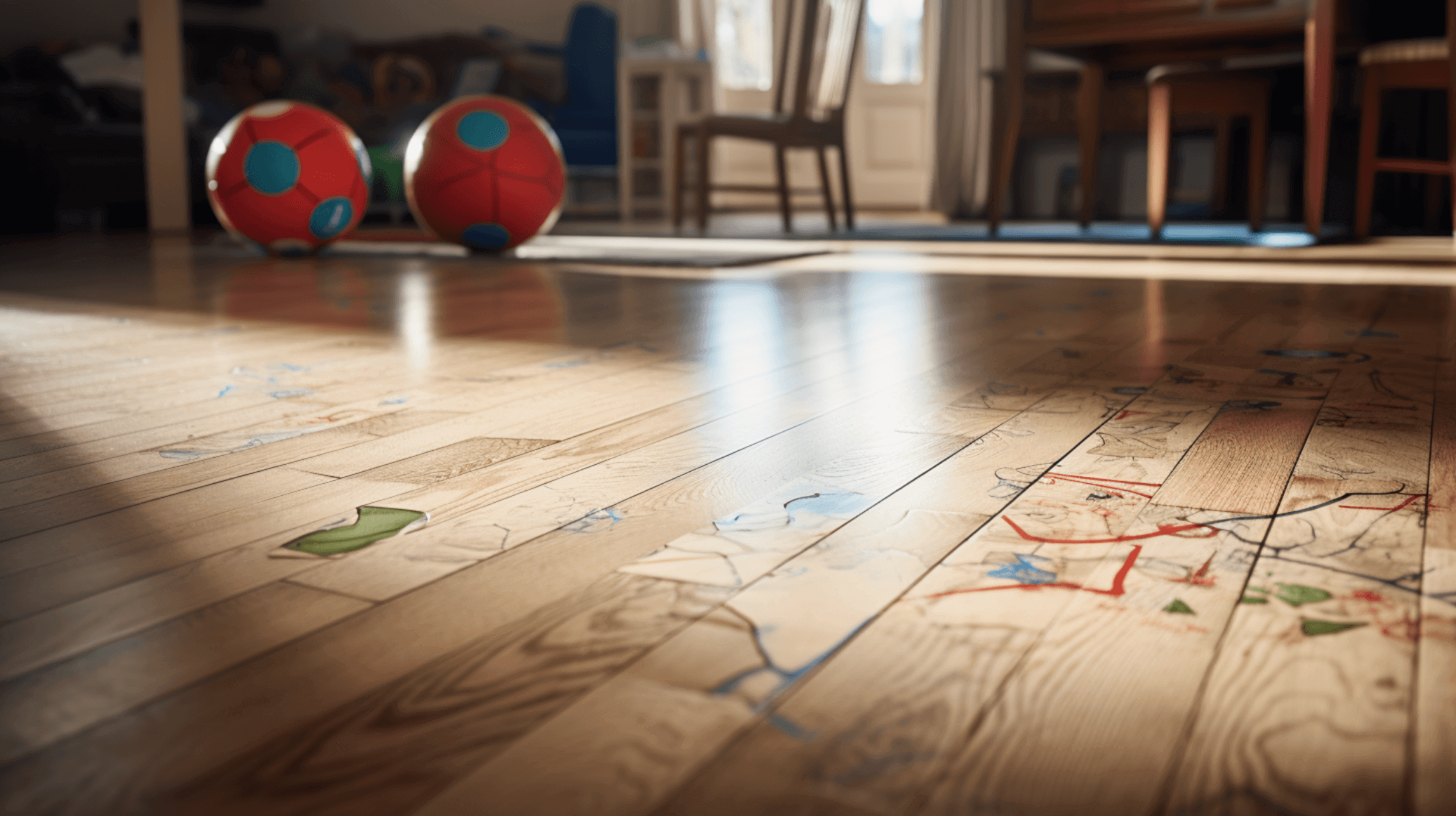
Preparing your wooden floor for sanding and refinishing is an important step in the process. It is crucial to take the necessary steps to ensure the floor is properly prepared for the sanding and refinishing process. This includes removing any furniture, rugs, and other items from the floor to create a clear workspace. Vacuuming and cleaning the floor thoroughly is essential to remove any dirt, dust, or debris that could interfere with the sanding process.
Inspecting the floor for signs of damage, such as scratches, gouges, and discoloration, is also important. These damages can be categorized into different types, including those caused by high heels, dog claws, appliances and furniture, heavy grain tear, pet urine, chemical/moisture spills, or water damage. Depending on the type of damage, repairs may be necessary before proceeding with sanding and refinishing. This can involve isolation repairs, recoating, resanding of the affected areas, or even replacement of the damaged sections. It’s important to consider prefinished reducer strips, push-blocks/push-sticks, and riftsawn (bastard sawn) techniques if applicable.
When preparing the floor, it is crucial to use a moisture meter with a manufacturer-specified, user-adjusted setting to compensate for varying electrical properties. This ensures accurate moisture readings and helps prevent issues related to moisture content during the sanding and refinishing process.
GJP Floor Sanding can assist in preparing your floor for the sanding and refinishing process. Our experienced professionals can provide guidance on the necessary steps to take and offer advice on the best techniques and products to use. We can also assess the condition of your floor and recommend any repairs or treatments that may be needed before proceeding with the sanding and refinishing. With our expertise, you can be confident that your wooden floor will be properly prepared for the process.
When preparing your wooden floor for sanding and refinishing, it is important to take precautions to protect the rest of the house. This includes covering any furniture, walls, and other items with plastic sheeting to protect them from dust and debris. It is also important to ensure that the area is well-ventilated to reduce the risk of dust and fumes. Additionally, it is important to verify that the address for installation is correct, and the technician identifies their credentials to the customer. It is also important to use shoe protectors/covers when entering the property, explain to the customer the purpose of the visit and what they can expect, and advise the customer of any precautions.
Understanding the Sanding Process
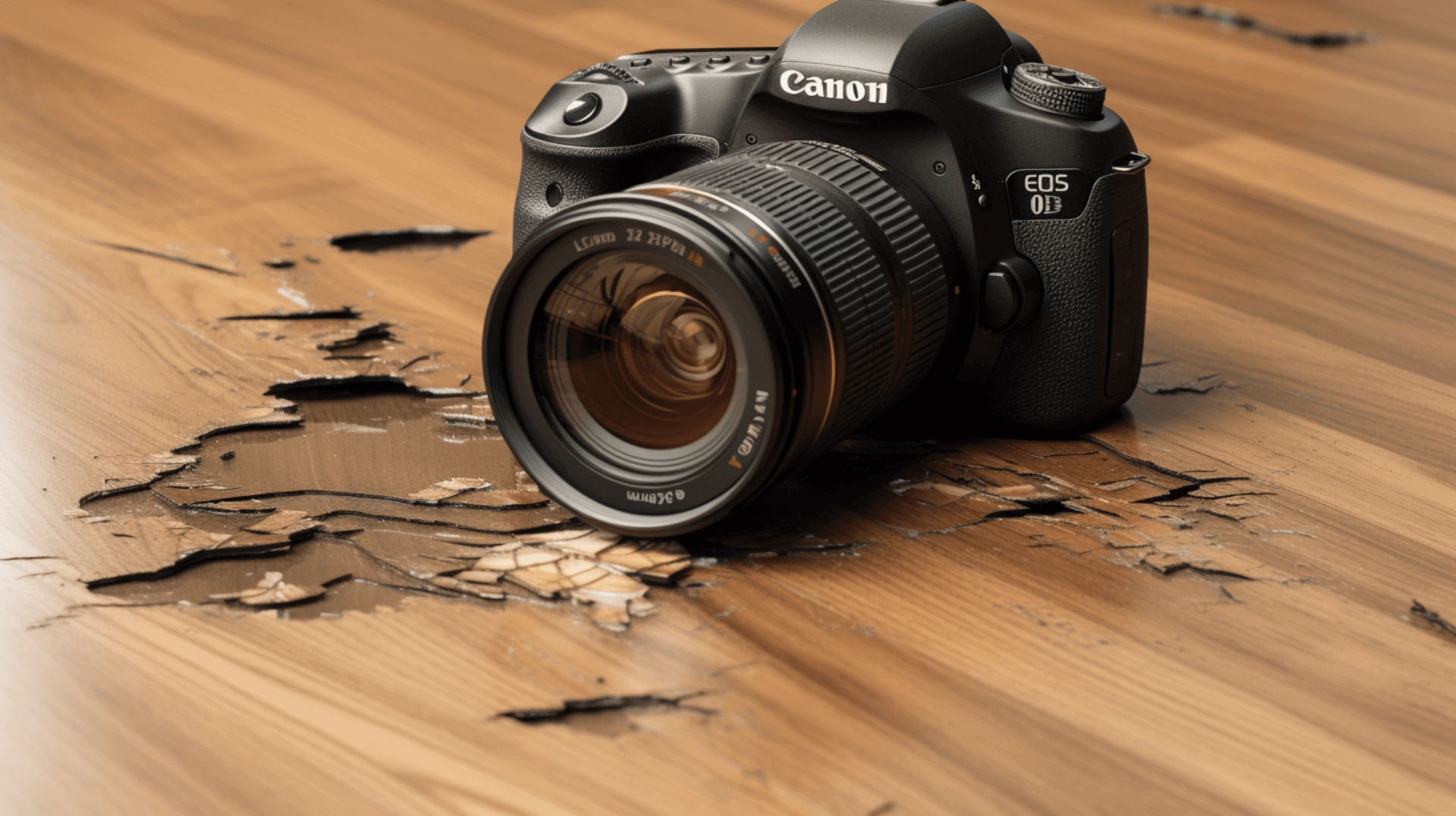
The process of sanding a wooden floor with scratches from toys involves using a sanding machine to remove the scratches and other damage. The type of sanding machine used depends on the type of floor and the extent of the damage. For larger areas, a belt sander may be used, while smaller areas may require an orbital sander. It is crucial to use the correct type of sandpaper for the job to ensure a thorough and effective sanding process. Additionally, using a moisture meter with a manufacturer-specified, user-adjusted setting is important to compensate for varying electrical properties and prevent issues related to moisture content during the sanding and refinishing process.
GJP Floor Sanding ensures a thorough and effective sanding process by employing experienced professionals who are trained in the latest sanding machines and techniques. We prioritize using the highest quality sandpaper to achieve a smooth and even finish. To maintain cleanliness and efficiency, we utilize dust extraction systems during the sanding process. Furthermore, GJP Floor Sanding can provide guidance on the necessary steps to prepare the floor for sanding and refinishing, as well as offer advice on the best techniques and products to use.
With our expertise and attention to detail, GJP Floor Sanding can deliver a comprehensive sanding process for wooden floors with scratches from toys. We understand the importance of using the appropriate sanding machines, techniques, and sandpaper to achieve optimal results. Our commitment to cleanliness and our ability to provide guidance throughout the process make us a reliable choice for sanding and refinishing wooden floors.
The Refinishing Process: Bringing Your Wooden Floor Back to Life
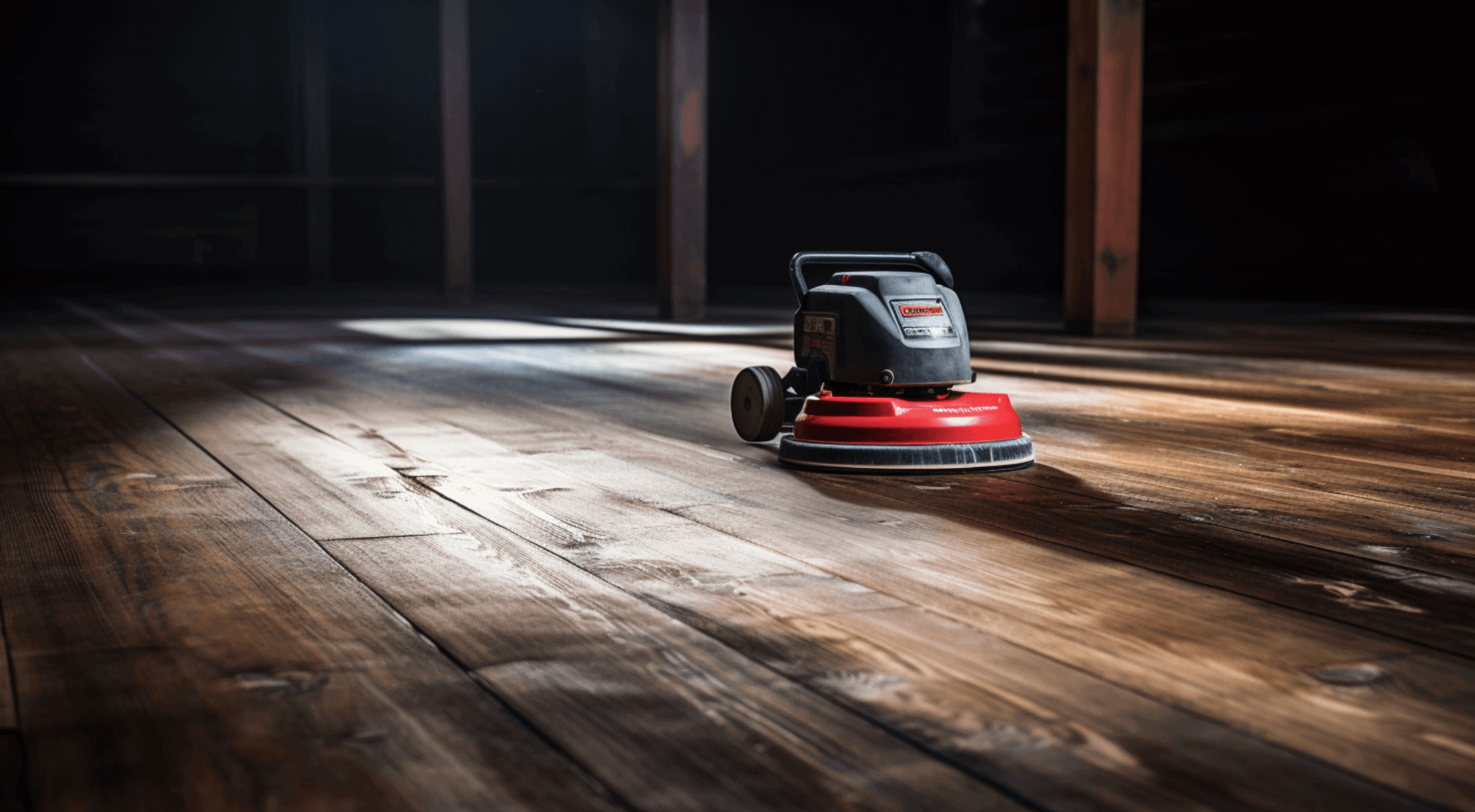
The refinishing process of a wooden floor involves sanding the floor to remove any scratches, gouges, and discoloration, and then applying a finish to restore the floor’s original beauty. The type of finish used depends on the type of wood and the desired outcome. For example, a hardwood floor may require a polyurethane finish, while a softer wood may require an oil-based finish.
Refinishing a wooden floor can restore its appearance and bring it back to life. It can also help protect the floor from future damage and wear and tear. The process of refinishing can also help to reduce the risk of slipping, as the finish can provide a non-slip surface.
GJP Floor Sanding uses a variety of techniques in the refinishing process to ensure a thorough and effective job. We prioritize using the highest quality finishes to achieve a smooth and even finish. Our experienced professionals are trained in the latest techniques and products, ensuring that your wooden floor receives the best treatment possible. We also employ dust extraction systems to maintain cleanliness and efficiency during the sanding and refinishing process.
In addition to our technical expertise, GJP Floor Sanding takes necessary precautions to ensure a successful refinishing project. We verify the installation address and have our technicians identify our credentials to the customer. We also use shoe protectors/covers when entering the property to protect the floor and maintain cleanliness. Furthermore, we explain the purpose of the visit to the customer and advise us of any necessary precautions.
PostRefinishing Care: Maintaining Your Newly Refinished Floor
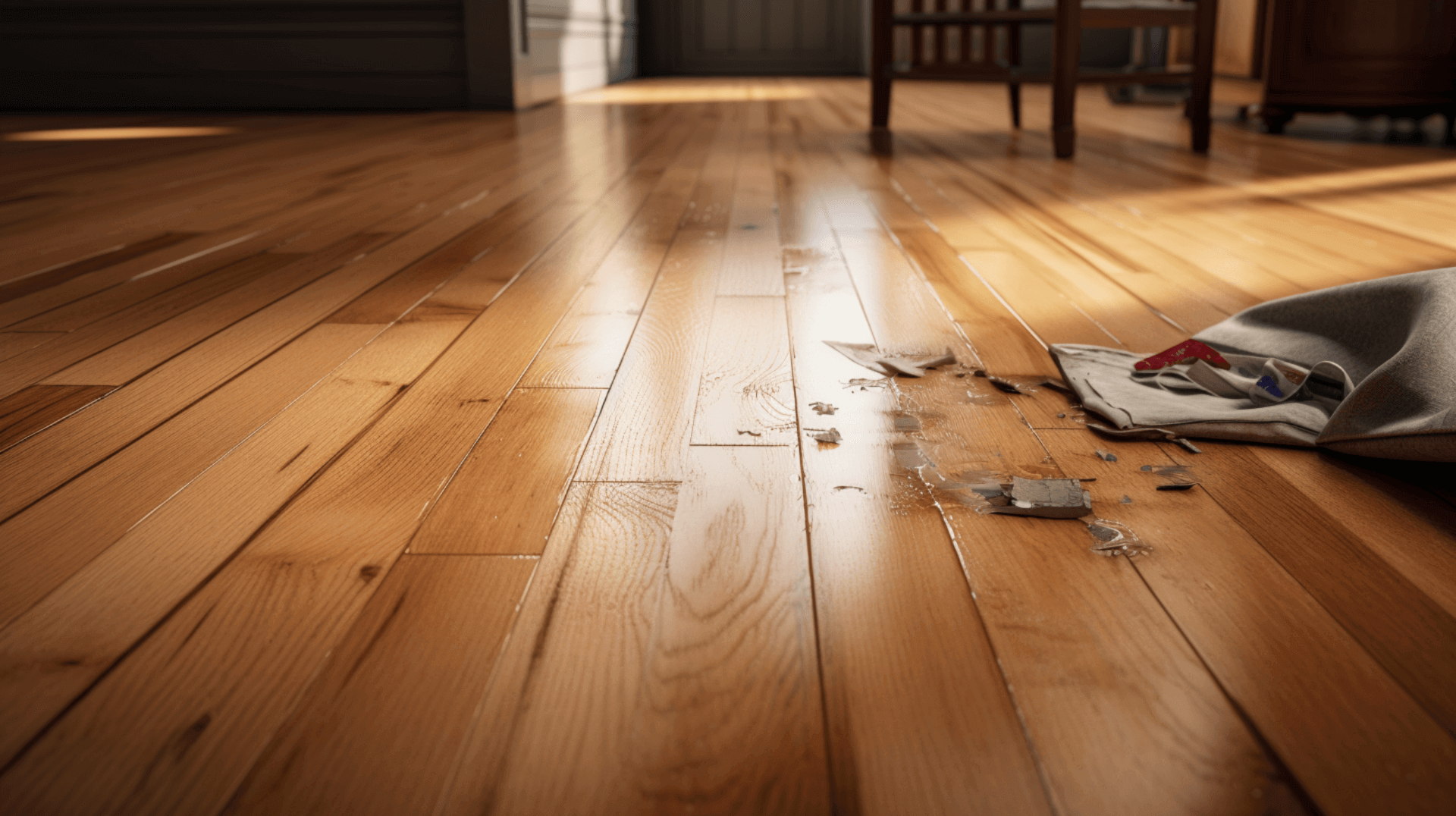
Caring for your wooden floor after sanding and refinishing is crucial to maintain its beauty and protect your investment. GJP Floor Sanding understands the importance of post-refinishing care and can provide valuable guidance on the best products and techniques to use.
The refinishing process involves sanding the floor to remove scratches, gouges, and discoloration, followed by the application of a suitable finish. The type of finish used depends on the wood type and desired outcome. For instance, hardwood floors may require a polyurethane finish, while softer woods may benefit from an oil-based finish.
Refinishing not only restores the floor’s appearance but also enhances its durability and resistance to future damage. The application of a finish can provide a non-slip surface, reducing the risk of accidents.
GJP Floor Sanding employs a range of techniques to ensure a thorough and effective refinishing job. Our experienced professionals are well-versed in the latest techniques and products, guaranteeing exceptional results. We prioritize using high-quality finishes to achieve a smooth and even finish. Additionally, our dust extraction systems maintain cleanliness and efficiency throughout the sanding and refinishing process.
In addition to technical expertise, GJP Floor Sanding takes necessary precautions to ensure a successful refinishing project. We verify the installation address and have our technicians present our credentials to the customer. To maintain cleanliness, we use shoe protectors/covers when entering the property. We also communicate the purpose of the visit to the customer and provide advice on any necessary precautions.
By following GJP Floor Sanding’s guidance and properly caring for your newly refinished floor, you can enjoy its beauty and longevity for years to come.
The Cost Factor: Understanding the Pricing of Sanding and Refinishing
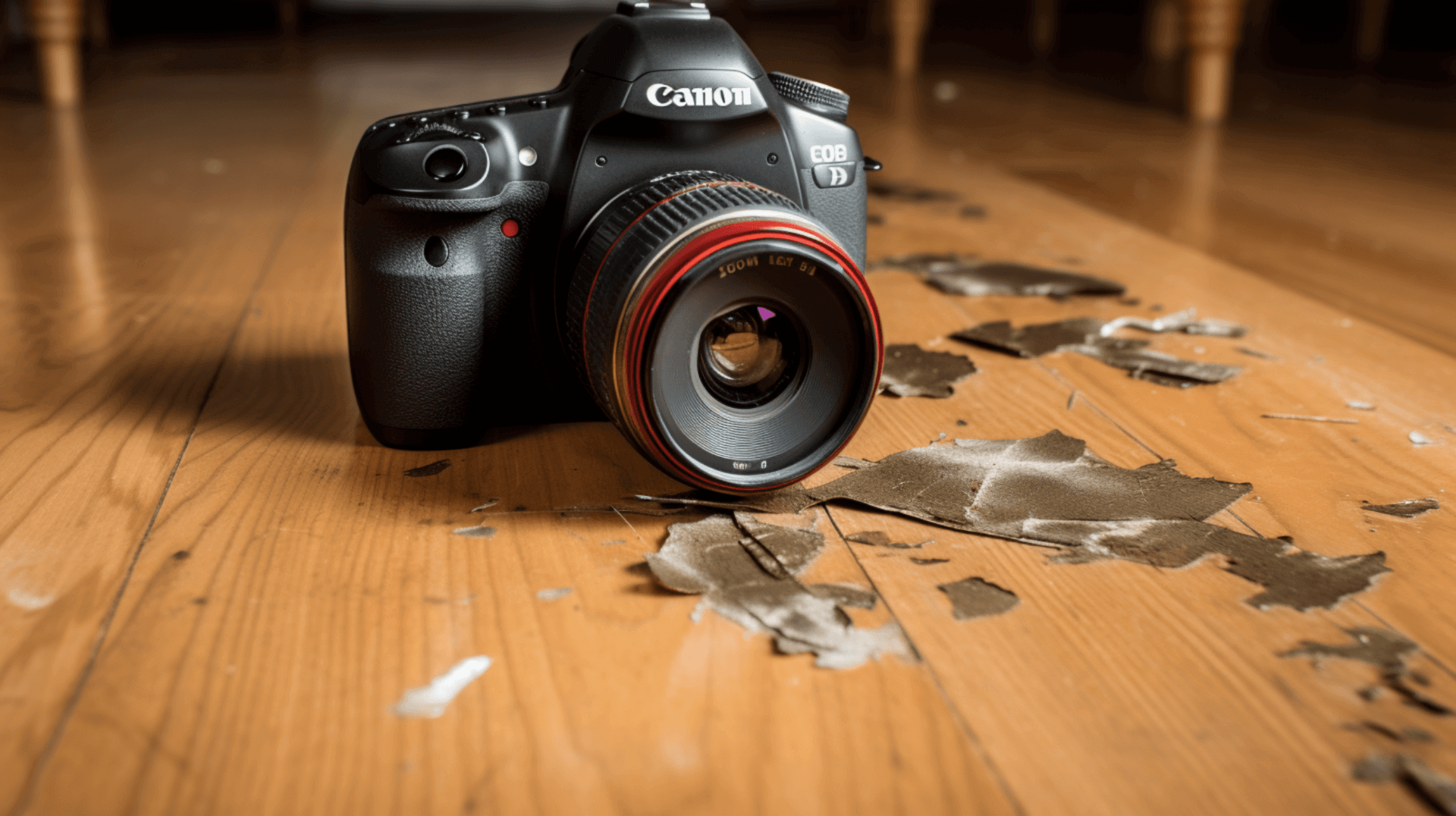
The cost of sanding and refinishing a wooden floor depends on various factors, including the size of the floor, the type of wood, the extent of the damage, the type of finish used, the cost of materials, and the labor involved in the process. GJP Floor Sanding understands the importance of competitive and fair pricing and strives to provide the best value for money. We prioritize using the highest quality materials and employ experienced professionals who are trained in the latest techniques and products. Our dust extraction systems maintain cleanliness and efficiency during the sanding and refinishing process.
Before starting work, GJP Floor Sanding carries out a thorough inspection of the floor to identify any pre-existing problems or defects. We inform the customer about the work being carried out, including any areas that may not be accessible and any potential openings or hazards that should be appropriately cordoned or barriered. We also follow any specific safety considerations recommended by the manufacturer of the product or system being utilized.
In addition to competitive pricing and technical expertise, GJP Floor Sanding takes necessary precautions to ensure a successful refinishing project. We verify the installation address and have our technicians present our credentials to the customer. To maintain cleanliness, we use shoe protectors/covers when entering the property. We also communicate the purpose of the visit to the customer and provide advice on any necessary precautions.
By considering all these factors and providing exceptional service, GJP Floor Sanding ensures that our pricing is competitive and fair, while delivering long-term financial benefits through a beautifully refinished wooden floor.
Why Choose GJP Floor Sanding for Your Wooden Floor Needs
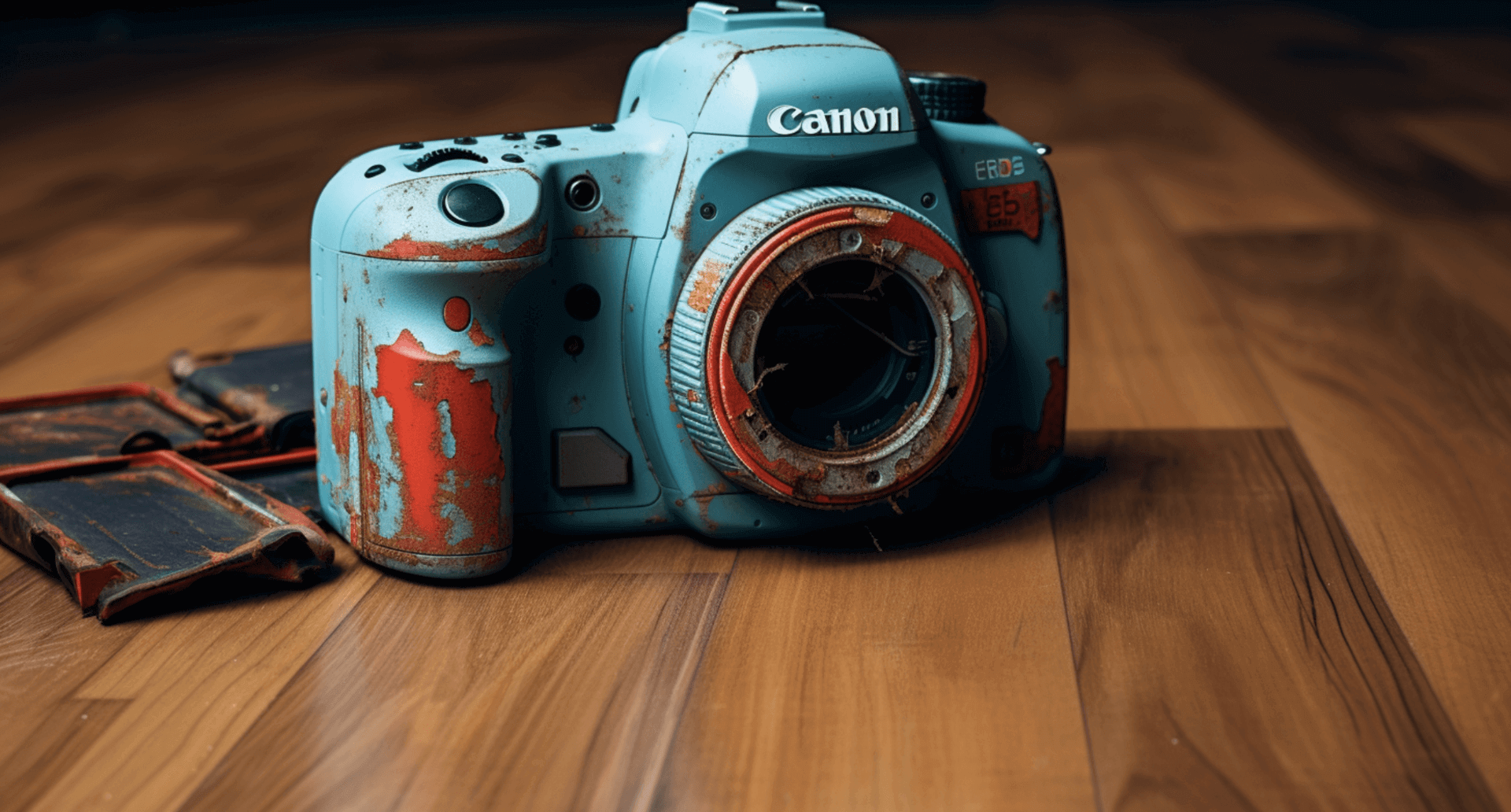
GJP Floor Sanding is committed to customer satisfaction and strives to provide the best value for money. We understand the importance of competitive and fair pricing and prioritize using the highest quality materials. We also employ experienced professionals who are trained in the latest techniques and products. Our assessment of the timber moisture content ensures that the floor is not located above a heated space and meets the necessary criteria for a suspended timber floor.
With our attention to detail, commitment to customer satisfaction, and expertise in the field, GJP Floor Sanding stands out from other floor sanding services. We go above and beyond to ensure that your wooden floor needs are met with the highest level of professionalism and quality.
Scheduling Your Sanding and Refinishing Project with GJP Floor Sanding
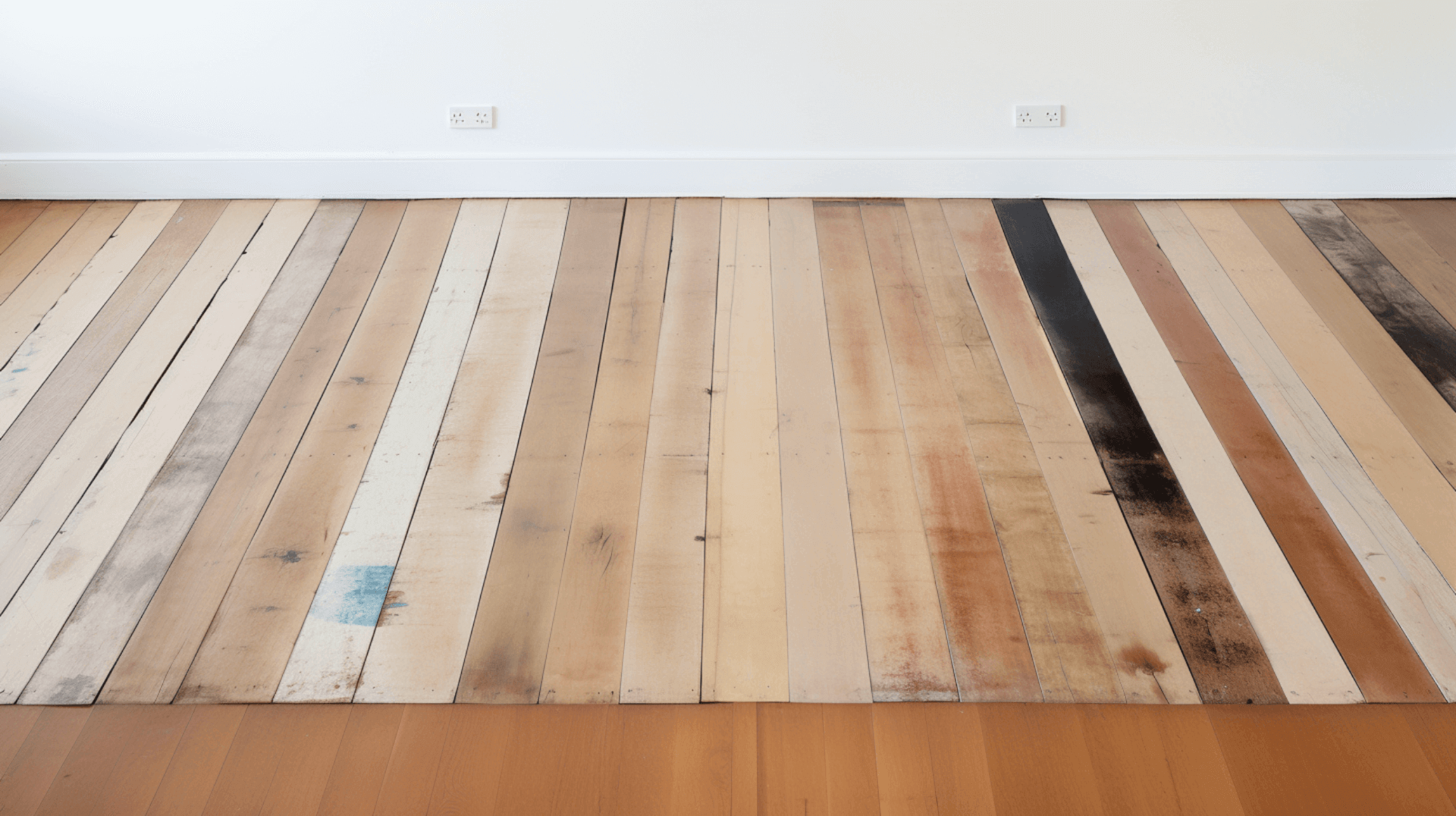
Scheduling a sanding and refinishing project with GJP Floor Sanding is easy and convenient. Our experienced professionals are available to discuss your project and provide a free, no-obligation quote. We will assess the condition of your floor and provide an accurate estimate of the cost and timeline for the project.
During the scheduling and planning process, GJP Floor Sanding provides detailed information about the work to be carried out. We explain the type of finish to be used, the anticipated time for the project, and any necessary making good that is included. We also prioritize safety considerations, such as verifying the insulation standards and ensuring the timber floor is not located above a heated space. Additionally, we check for the presence of unobstructed vents or grilles and adequate openings in walls for cross-flow of air. Moisture content assessment and checking for signs of decay and infestation are also part of our thorough inspection process.
GJP Floor Sanding’s attention to detail and commitment to safety ensure that your sanding and refinishing project is carefully planned and executed. Our experienced professionals use advanced tools, such as moisture meters with electromagnetic capability, to assess the moisture content of the timbers and identify any potential issues. By considering all these factors and providing detailed information, GJP Floor Sanding ensures a smooth and well-planned sanding and refinishing project. Our commitment to customer satisfaction and attention to detail sets us apart from other floor sanding services.
Expert Tips from GJP Floor Sanding
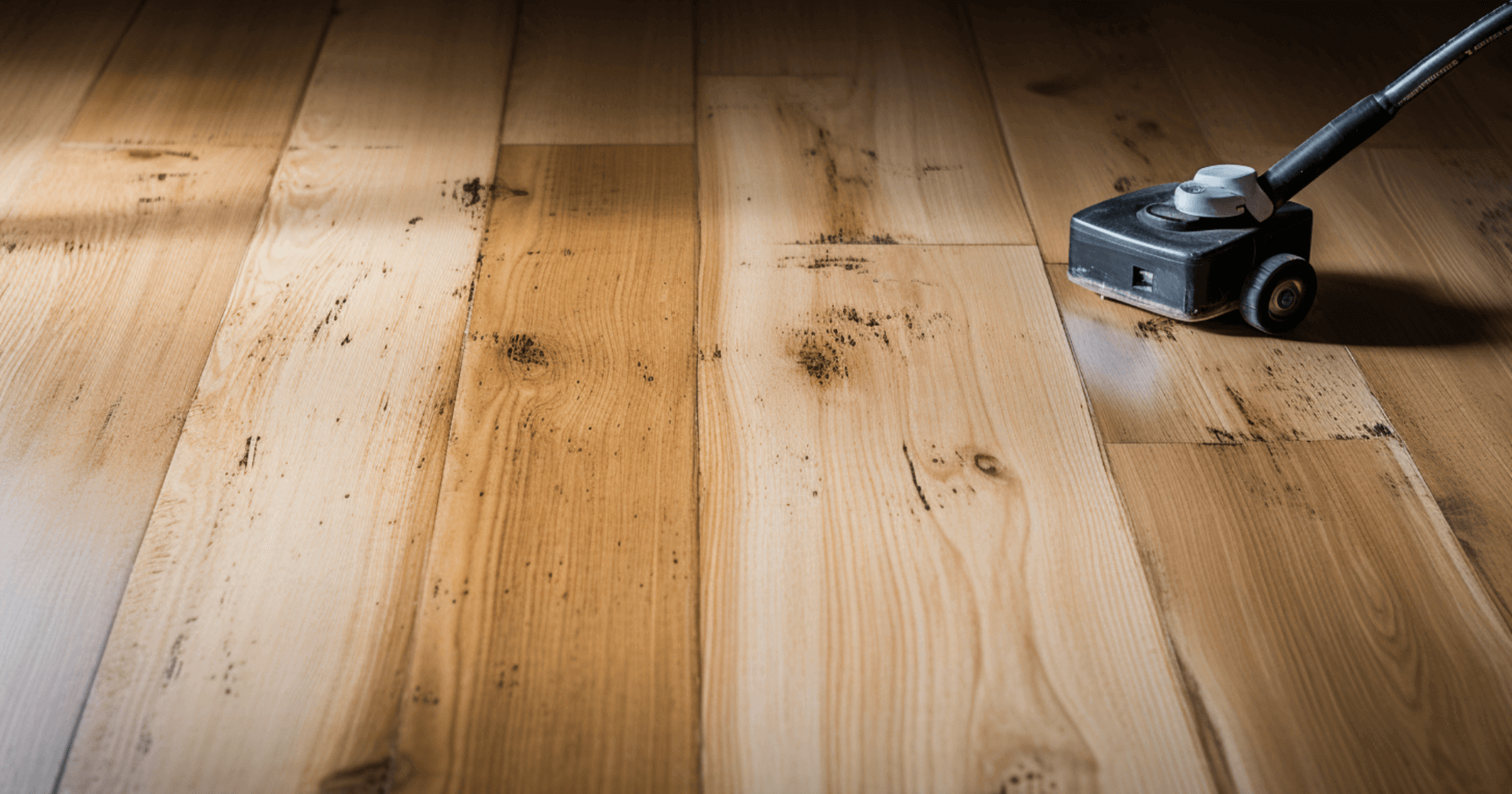
GJP Floor Sanding provides expert advice for maintaining wooden floors. We recommend using a wood floor cleaner specifically designed for wooden floors to protect the finish and keep the floor looking its best. It’s important to avoid harsh chemicals or abrasive cleaners, as these can damage the finish and cause discoloration.
In addition to regular cleaning, GJP Floor Sanding suggests taking precautions to prevent scratches from toys. We recommend using felt pads or furniture sliders on the bottom of furniture and toys to minimize the risk of scratches. Placing rugs or mats in high traffic areas can also help protect the floor from wear and tear.
Furthermore, GJP Floor Sanding emphasizes the importance of proper ventilation and insulation for wooden floors. We recommend checking for unobstructed vents or grilles and ensuring there are adequate openings in walls for cross-flow of air. It’s also crucial to verify insulation standards and ensure the timber floor is not located above a heated space.
By following these expert tips, homeowners and business owners can maintain the beauty and longevity of our wooden floors. GJP Floor Sanding’s guidance on cleaning, scratch prevention, and ventilation will help ensure the floor remains in excellent condition for years to come.
Contact GJP Floor Sanding for Your Sanding and Refinishing Needs
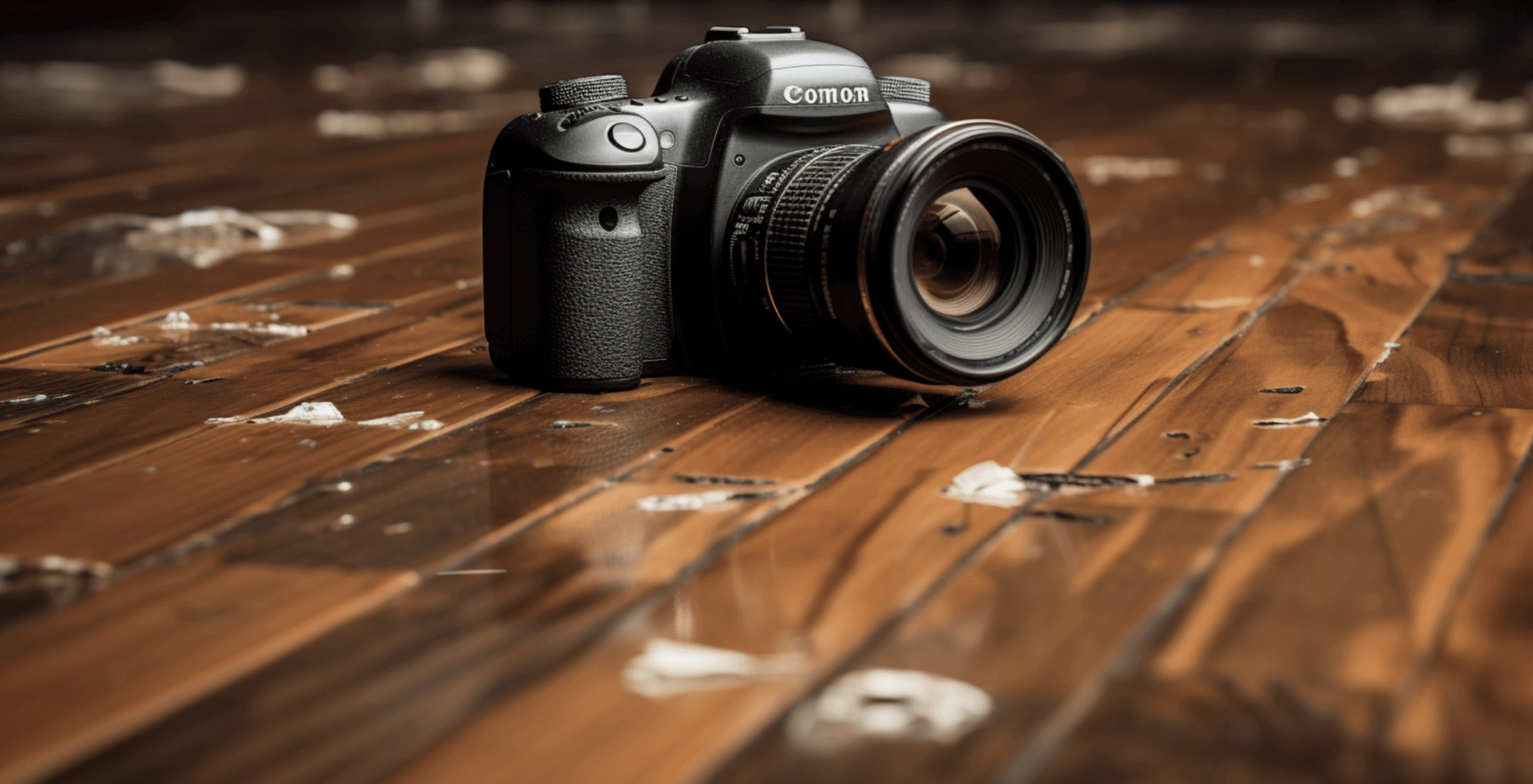
GJP Floor Sanding is the perfect choice for all your sanding and refinishing needs. Our experienced professionals are available to discuss your project and provide a free, no-obligation quote. We prioritize safety considerations, such as verifying the insulation standards and ensuring the timber floor is not located above a heated space. Additionally, we check for the presence of unobstructed vents or grilles and adequate openings in walls for cross-flow of air. We also conduct thorough inspections to identify any potential issues, such as decayed timbers or the presence of water or condensate pipes in the sub-floor void.
During the inspection process, GJP Floor Sanding uses various techniques to assess the condition of the floor. We probe with a sharp implement, like a bradawl, and sound with a large hammer to detect internal decay in large-section timbers. We also assess the moisture content of the timbers using advanced tools and techniques. This comprehensive inspection allows us to identify any necessary repairs and ensure the floor is in optimal condition before proceeding with the sanding and refinishing process.
When contacting GJP Floor Sanding, it’s important to have the following information ready: the type of floor, the size of the area, the condition of the floor, and any special requirements. This will help us provide an accurate estimate of the cost and timeline for the project.
GJP Floor Sanding’s attention to detail, commitment to safety, and thorough inspection process ensure that your sanding and refinishing project is carefully planned and executed. Contact us today to discuss your project and experience our exceptional services.
